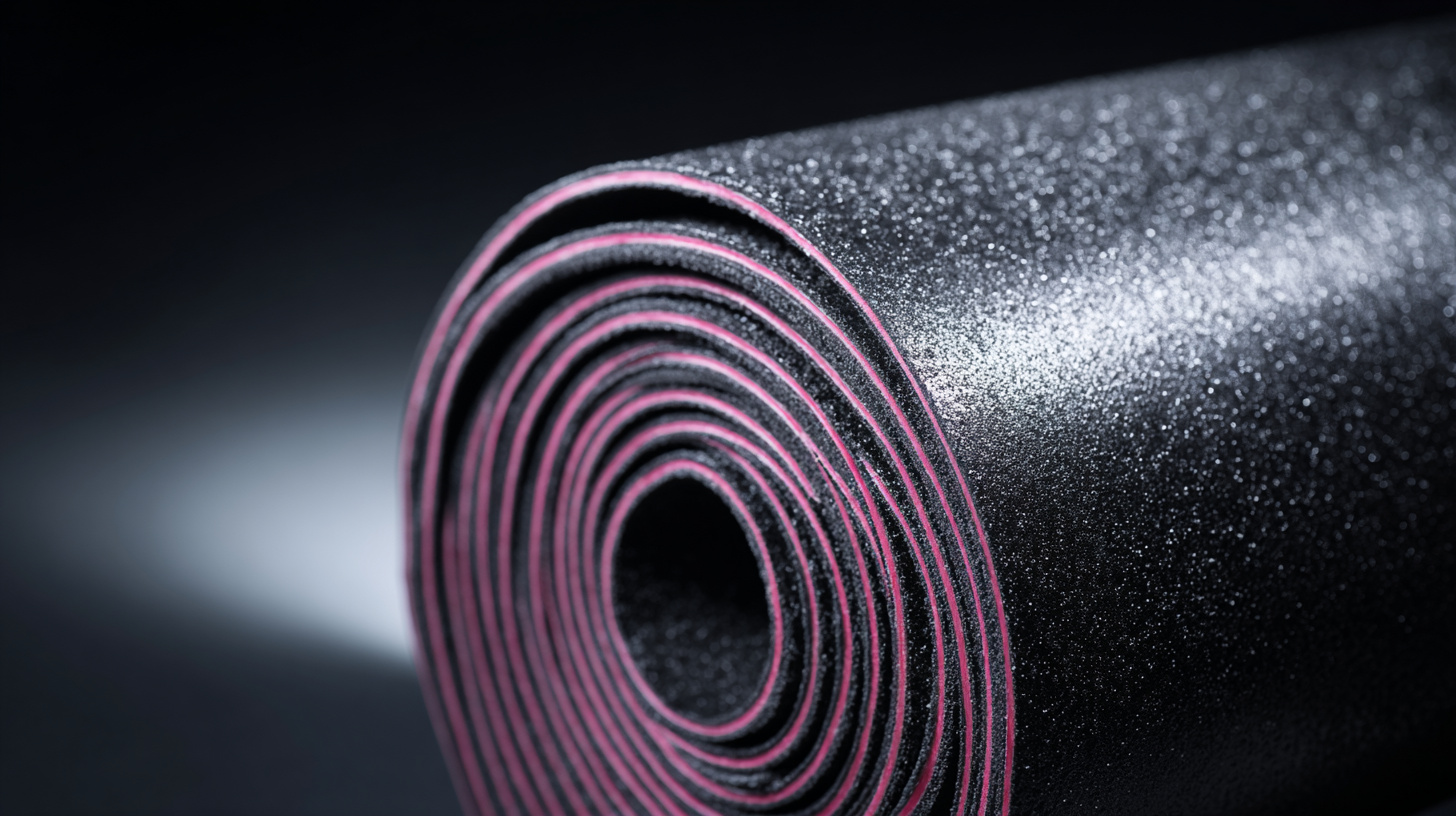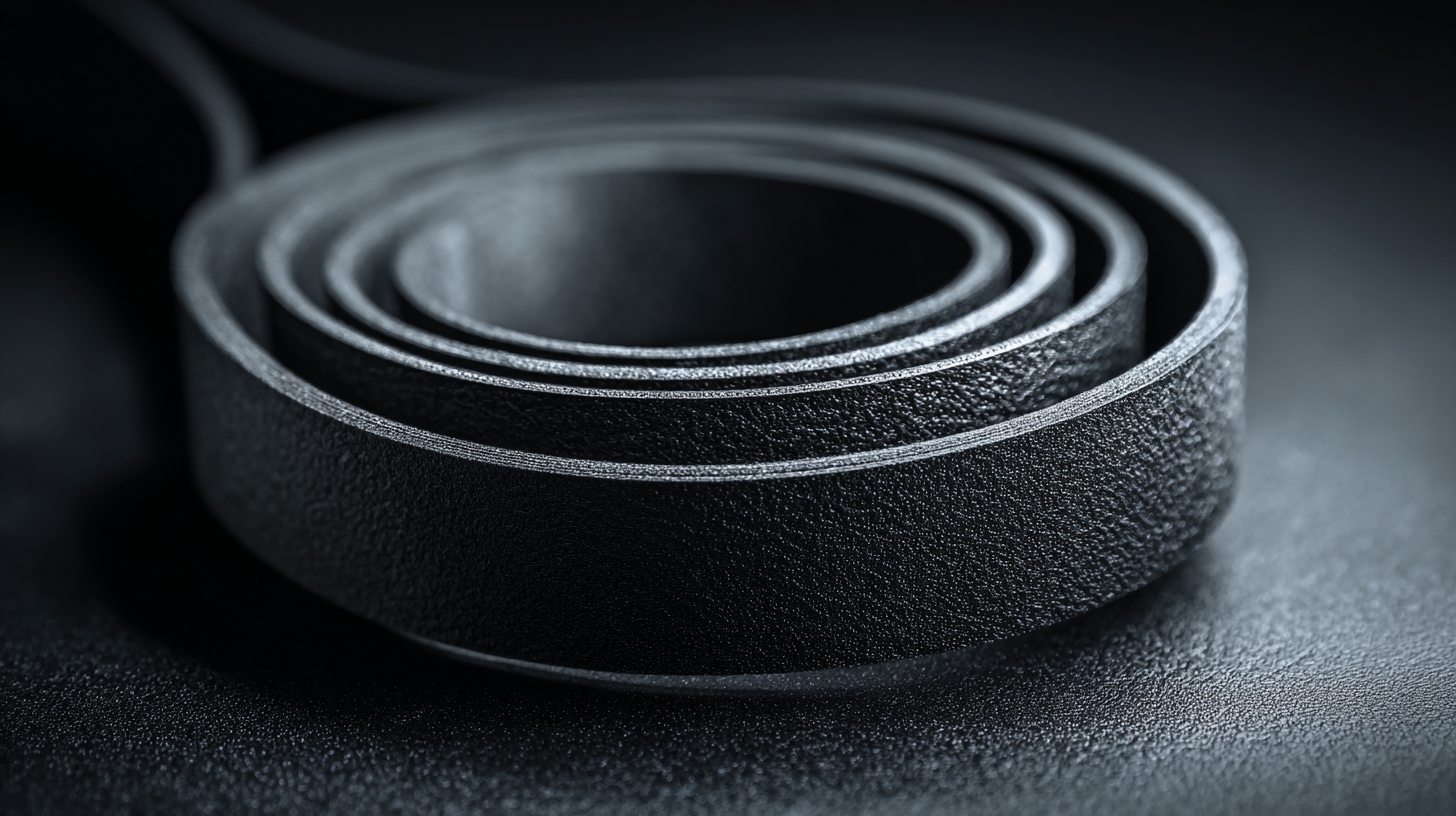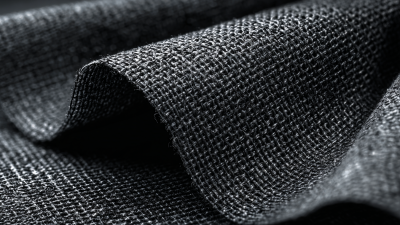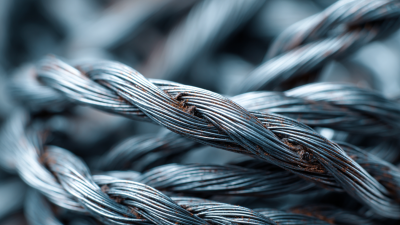High Temp Resistant Belt: A Comparative Guide to Performance and Applications
Table of Contents
- Understanding High Temperature Resistant Belts: Key Features and Benefits
- Types of High Temp Resistant Belts: Material Comparisons and Applications
- Performance Metrics: Evaluating Temperature Tolerance and Durability
- Industry Applications: Where High Temp Resistant Belts Excel
- Installation and Maintenance Tips for Optimal Belt Performance
- FAQS
- Conclusion
- Related Posts
As industries continue to evolve, the need for specialized materials that withstand extreme conditions becomes increasingly critical. One such innovation is the "High Temp Resistant Belt," designed to perform in high-temperature environments where traditional materials may falter. In this comparative guide, we will explore the various types of high temp resistant belts, their performance metrics, and practical applications across numerous sectors. Shijiazhuang Shielday Technology Co., Ltd. stands at the forefront of this advancement, offering a diverse range of high-performance EMI shielding textiles and conductive wires that complement high temp resistant technologies. Our commitment to quality and custom product development helps businesses meet their specific needs, ensuring that we provide not just products, but tailored solutions for a wide array of industrial challenges. Join us as we delve into the essential characteristics and benefits of high temp resistant belts, and how they can revolutionize your operations.

Understanding High Temperature Resistant Belts: Key Features and Benefits
High temperature resistant belts are essential in various industries where elevated temperatures can compromise performance and safety. These specialized belts are designed to withstand extreme heat, often exceeding temperatures of 200°C (392°F), depending on the material used. According to a report by MarketsandMarkets, the global industrial belt market, which includes high-temp resistant options, is projected to reach $7 billion by 2025, showcasing the increasing reliance on these high-performance components. Key features of high-temperature resistant belts include robust materials such as aramid fibers and silicone, which not only enhance durability but also provide excellent resistance to abrasion and chemical exposure.
The benefits of using high-temperature resistant belts are numerous, especially in industries like food processing, metal forging, and plastics production, where failures can lead to costly downtimes. For instance, a study by the Conveyor Equipment Manufacturers Association (CEMA) noted that the use of high-temp belts can increase operational efficiency by up to 30%, thanks to their reliability and reduced need for frequent replacements. Moreover, their ability to maintain structural integrity under thermal stress helps in minimizing material deformation, ensuring consistent performance over time. As industries continue to evolve, the demand for these specialized belts will likely surge, driven by the need for higher efficiency and safety standards.
Types of High Temp Resistant Belts: Material Comparisons and Applications
High temperature resistant belts are critical components in various industrial applications. Their ability to maintain structural integrity at elevated temperatures makes them indispensable in sectors such as manufacturing, automotive, and food processing. A comparative study by the Rubber Manufacturers Association indicates that silicone-based belts can withstand temperatures up to 500°F (260°C), making them ideal for environments that involve direct exposure to heat like ovens and dryers. In contrast, fluoropolymer belts are often favored for their chemical resistance and can operate efficiently in temperatures ranging from -100°F to 500°F (-73°C to 260°C), highlighting their versatile applications.
When evaluating materials, aramid belts are notable for their exceptional tensile strength and thermal stability. According to a report by the American Society for Testing and Materials (ASTM), aramid belts can endure continuous service in high-temperature environments, reaching peaks of 550°F (288°C). This characteristic makes them suitable for heavy-duty applications, such as conveyor systems in steel and glass manufacturing. Each type of high temperature resistant belt offers unique benefits dependent on the specific operational demands, from temperature thresholds to exposure to corrosive substances, allowing industries to optimize performance while ensuring safety and efficiency.
Performance Metrics: Evaluating Temperature Tolerance and Durability
When assessing the performance of high-temperature resistant belts, two critical metrics come into play: temperature tolerance and durability. These characteristics are pivotal for industries that operate under extreme conditions, such as aerospace, manufacturing, and automotive. High-performance belts must endure not only elevated temperatures but also significant mechanical stress. This necessitates an evaluation of materials used, as well as manufacturing processes that enhance resilience and longevity.

At Shielday Technology Co., Ltd., we specialize in developing high-quality EMI shielding textiles and conductive wires tailored for such demanding applications. Our advanced materials are designed to withstand high temperatures while providing superior durability, ensuring that our products meet the exacting standards of various industries. With our comprehensive custom product development services, we empower clients to create solutions that precisely align with their specific temperature tolerance needs, thereby enhancing operational efficiency and performance in their applications.
Industry Applications: Where High Temp Resistant Belts Excel
High-temperature resistant belts are increasingly vital across various industries, where their ability to withstand extreme conditions ensures operational reliability and efficiency. Manufacturing sectors, such as automotive and aerospace, heavily depend on these belts to manage components within high-heat environments. Their unique properties allow them to maintain structural integrity while enduring thermal stress, making them indispensable in equipment that requires consistent performance at elevated temperatures.
At Shijiazhuang Shielday Technology Co., Ltd., we recognize the growing demand for high-performance materials tailored for specific applications. Our expertise in advanced emi shielding textiles and conductive wires positions us to offer innovative solutions that include specialty high-temp resistant belts. By utilizing cutting-edge technology and materials, our products not only excel in high-temperature scenarios but also provide essential shielding against electromagnetic interference, amplifying their utility in sectors like electronics and telecommunications. As industries evolve, the role of high-temperature resistant belts continues to expand, solidifying their place as critical components in modern manufacturing and technology.
High Temp Resistant Belt: A Comparative Guide to Performance and Applications
| Application Area | Typical Temperature Range (°C) | Material Type | Load Capacity (Kg) | Key Features |
|---|---|---|---|---|
| Metal Processing | -20 to 200 | Polyimide | 1000 | Chemical resistant, low friction |
| Food Processing | 0 to 150 | Silicone | 800 | FDA approved, non-stick surface |
| Automotive | -40 to 180 | Nitrile Rubber | 900 | High abrasion resistance, oil resistant |
| Plastics Manufacturing | -10 to 220 | Polyester | 750 | Temperature stability, lightweight |
| Metal Forming | 20 to 250 | HT Thermoplastic | 1200 | Reliable in high load applications, good flex life |
Installation and Maintenance Tips for Optimal Belt Performance
When it comes to maximizing the performance of high temperature resistant belts, proper installation and maintenance are crucial. High temperature applications, such as those found in manufacturing and material transfer, demand belts that withstand significant thermal stress. According to recent studies, neglecting maintenance can lead to a 30% reduction in belt lifespan, resulting in costly downtime. Ensuring that belts are installed correctly, with the appropriate tension and alignment, can drastically improve their operational efficiency.
Tips for Optimal Belt Performance: Regularly inspect the belt for signs of wear and damage. Monitor the temperature during operations; excessive heat can degrade the belt material over time. Additionally, keep the surrounding areas clean to prevent debris from interfering with the belt’s function. Implementing a preventative maintenance schedule can proactively address potential issues before they escalate, enhancing overall productivity.
Another important aspect is the role of Total Productive Maintenance (TPM) in equipment effectiveness. TPM strategies emphasize proactive maintenance practices that can lead to increased availability of machinery and reduced operational costs. Incorporating TPM into your routine can facilitate a culture of continuous improvement, ensuring that all components, including high temp resistant belts, operate at peak performance and longevity.

FAQS
: High temperature resistant belts are designed to withstand extreme heat, often exceeding temperatures of 200°C (392°F), making them essential in industries where elevated temperatures can compromise performance and safety.
Common materials used in high temperature resistant belts include aramid fibers and silicone, which enhance durability and provide excellent resistance to abrasion and chemical exposure.
Industries such as food processing, metal forging, and plastics production benefit from high temperature resistant belts, as failures in these areas can lead to costly downtimes.
High temperature resistant belts can increase operational efficiency by up to 30% due to their reliability and reduced need for frequent replacements, as noted by the Conveyor Equipment Manufacturers Association (CEMA).
The critical performance metrics for high temperature resistant belts are temperature tolerance and durability, which are essential for operations under extreme conditions.
Shielday Technology Co., Ltd. specializes in developing high-quality EMI shielding textiles and conductive wires, creating advanced materials designed to withstand high temperatures while ensuring superior durability.
Custom product development allows clients to create solutions that align with their specific temperature tolerance needs, enhancing operational efficiency and performance in their applications.
The demand for high temperature resistant belts is expected to surge due to the evolving needs for higher efficiency and safety standards across various industries.
The global industrial belt market, including high-temperature resistant options, is projected to reach $7 billion by 2025, indicating a growing reliance on these high-performance components.
Conclusion
High Temp Resistant Belts are essential components in industries that encounter extreme thermal conditions, providing durability and efficiency. This blog explores the key features and benefits of these specialized belts, highlighting their material compositions and various applications. Different types of High Temp Resistant Belts are compared based on their performance metrics, including temperature tolerance and overall durability, ensuring users can choose the right product for their needs.
Additionally, the article delves into industry applications where High Temp Resistant Belts excel, showcasing their importance in manufacturing processes. It also offers installation and maintenance tips to maximize belt performance, ensuring longevity and reliability. With expertise in advanced textile technologies, Shijiazhuang Shielday Technology Co., Ltd. is equipped to provide high-performance solutions, including custom development services tailored to specific requirements in high-temperature settings.
Related Posts
-

Exploring Innovative Applications of Yarn Spuns Pbo Fiber in Modern Textiles
-

How to Navigate Import and Export Certifications for Best Conductive Tape
-

10 Industry Standards for Best Fire Resistant Fabric and 7 Reasons to Choose Them
-

Unmatched Manufacturing Excellence: Discover the Best High Temp Resistant Sleeves from China's Leading Factory
-

Exceptional Tinned Tinsel Wire Manufacturing in China for Global Buyers
-

Essential Insights: Your Comprehensive Guide to Metal Gimped Wire Applications and Benefits

